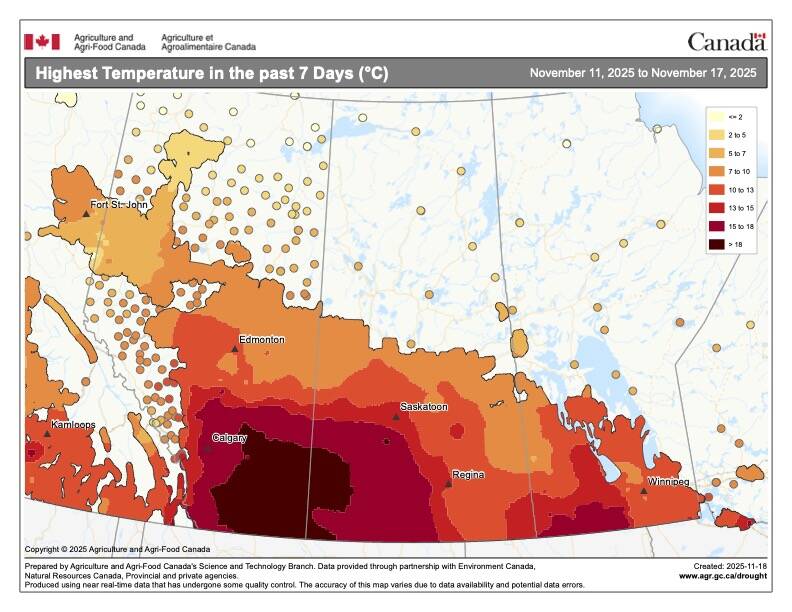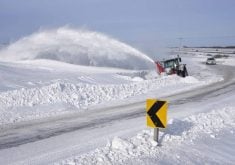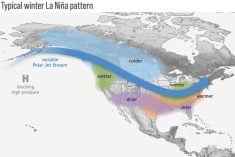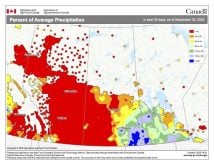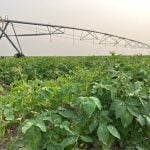As we move towards the holiday season, here are a few gift ideas for the weather enthusiast in your lives.
Canadians, especially those involved in agriculture, never miss a chance to talk about the weather. The logical next step is to measure it and, when we can, share those observations with the wider community.
So let’s look at just what kind of home weather station you can get at an entry level, mid-range, and high level. We will then explore just a few of the many systems there are available at these three different entry points.
Read Also

The great food summit adventure
Alberta Farmer columnist Lee Hart attended the Food Leadership Summit in Calgary, where about 400 ag industry players gathered for the new annual conference.
Just the basics
At the entry level, budget stations focus on key measurements: temperature, humidity, and barometric pressure. These units typically rely on small sensor packages mounted near your house and transmit data wirelessly to an indoor display. They provide a straightforward snapshot of current conditions, which is often enough for casual users. If you go this route, prioritize models that include minimum/maximum readings, as these add context to the day’s weather. Also look for user-replaceable sensors, since cheaper units tend to wear out faster in extreme climates.
For those just starting out, a newer brand of weather station I came across is the VEVOR 5 in 1 Weather Station for around $99. It provides wireless measurements of indoor and outdoor temperature, wind, rainfall, and humidity. As I have not used this particular brand, or know of anyone who has, I cannot comment on quality or reliability.
Next up, the La Crosse Wireless Weather Forecaster station for about $75 and available at Canadian Tire. It offers a bright, easy-to-read display and outdoor sensors that measure temperature, humidity, wind speed, but no rainfall.
If you are not too worried about measuring wind and rainfall but would rather have multiple temperature and humidity sensors, then the AcuRite 02082M Home Temperature And Humidity Station, about $105, delivers three different temperature and humidity sensors and is known for good sensor accuracy and handles cold winters well.
Moving up
Stepping into the mid-range opens the door to more specialized data. Stations in this category commonly add wind speed and direction, rainfall measurement, and better sensor shielding to improve accuracy. For rural or agricultural users, these extra measurements make a big difference. A well-designed rain gauge that resists clogging and a properly sited anemometer provide far more insight than basic weather stations can. Many mid-range systems also allow data logging, letting you keep track of trends over weeks or months — a valuable feature for anyone watching growing season moisture or early season frost risk.
These stations tend to cover the usual weather readings but also add in connectivity which allows you to access your data remotely and usually anyone else.
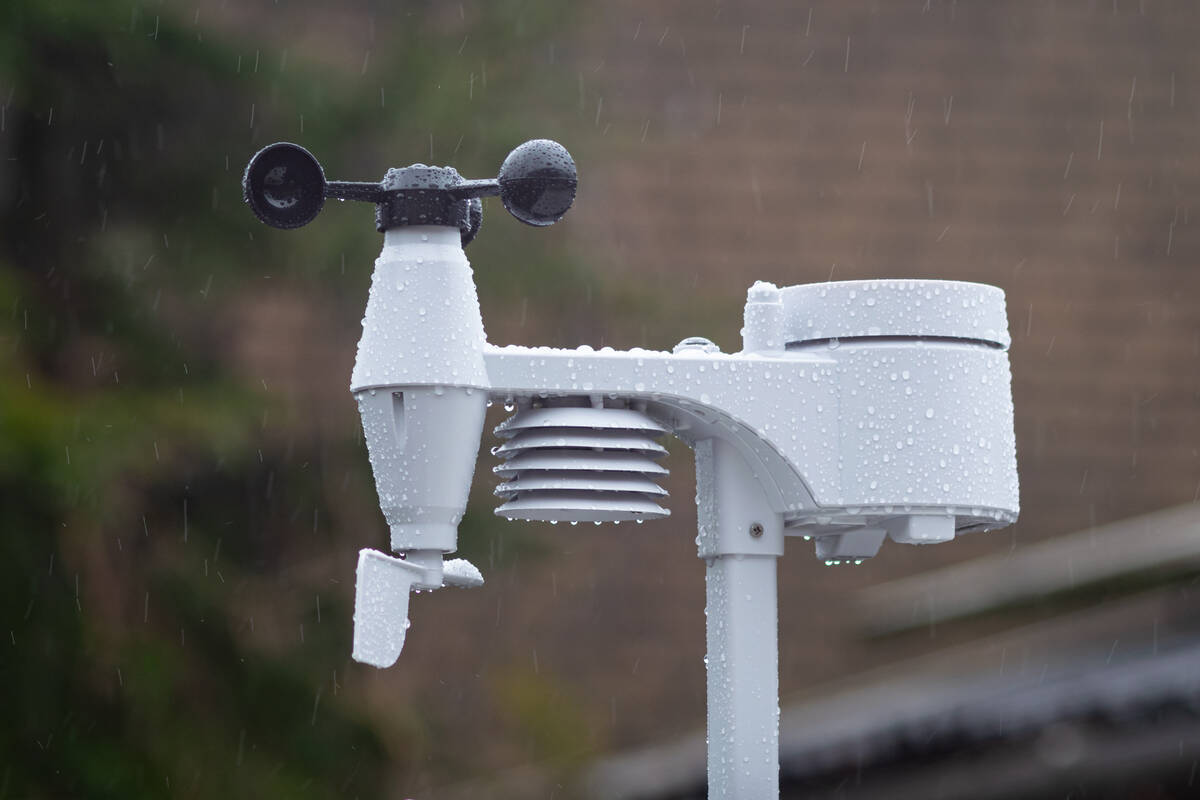
The Explore Scientific 5-in-1 WiFi Professional Weather Station coming in around $200 brings real-time data for wind, rain, humidity, and temperature straight to your phone or tablet.
The Ambient Weather WS-2000, about $490, steps further with a vivid console and wi-fi connectivity to services such as Weather Underground. As some of you may know I own an Ambient system and discovered that their weather stations are rebranded Ecowitt stations with the Ecowitt station often priced much cheaper. Also, shipping and duty for an Ambient station can quickly add up. Overall, I will leave it up to you as to which brand you might be interested in.
For rugged dependability, the Davis Vantage Vue, roughly $550, is built to survive any type of prairie weather, earning a reputation for professional-grade accuracy in a compact form, and while it is getting a little pricy, it is still good value.
Top tier
The top tier of weather stations take things a step further by emphasizing sensor quality, durability, and connectivity. These systems often use higher-grade materials, radiation shields, and precision components that hold calibration better over time. They typically offer advanced data integration, allowing you to upload your measurements to online networks, view them on phone apps, or use a computer to analyze them. Some even support add-on sensors such as soil moisture probes, UV sensors, and solar radiation monitors. For hobbyists and professionals alike, this level of detail can support everything from home research projects to long-term environmental monitoring.
For those who want this sort of system, Davis tends to lead the field. The Vantage Pro2, about $1,400, features precision instruments for wind, rainfall, pressure, and temperature, producing data consistent enough for research or local reporting. Its big sibling, the Vantage Pro2 Plus (around $2,000), adds UV and solar sensors, making it very suitable for agriculture. This is the station I owned for years before it finally stopped working and I just couldn’t find it in me to spend that much money to replace it.
Getting it right
Regardless of price point, there are a few universal considerations.
First, placement matters as much as the equipment itself. Temperature sensors should be shaded and ventilated; wind sensors need open exposure; rain gauges must sit level and free from obstructions. Second, consider how the unit communicates, wi-fi, bluetooth, or proprietary radio links all have advantages, depending on your setup and distance from the house. Finally, think about maintenance. Annual cleaning, occasional recalibration, and battery changes extend the life and accuracy of any station.
If a home weather station is in your future, figure out what you want in your station and do your research.
If you are unsure, start with a budget friendly station and then see where you will go from there.


